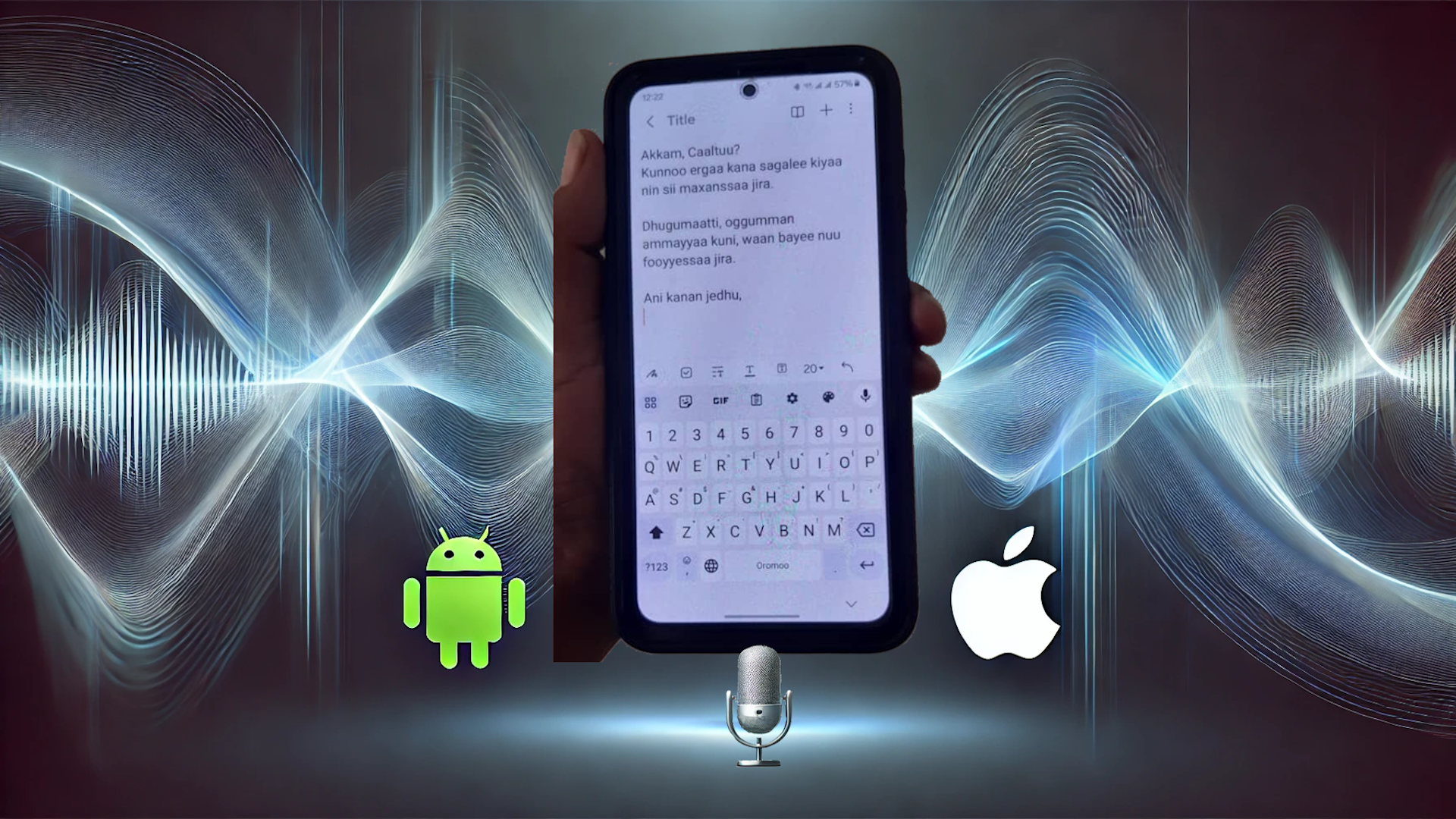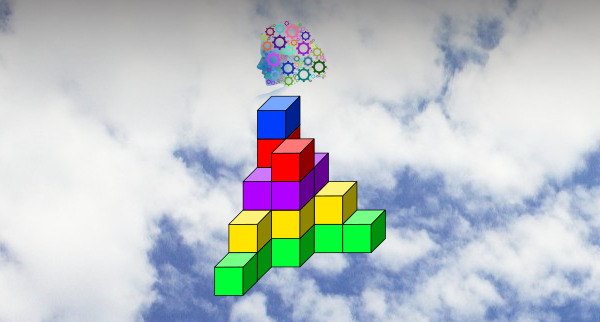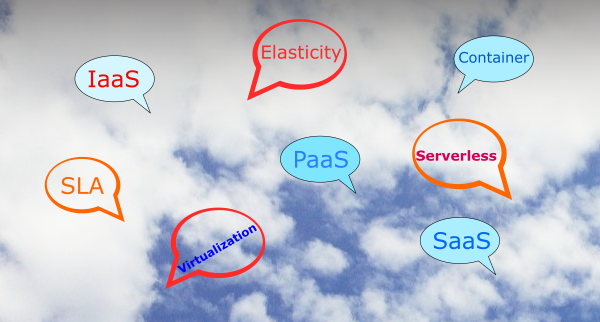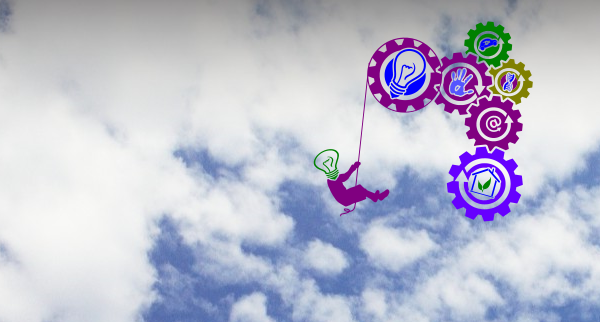10 Counterintuitive Facts in Science and Technology

This morning, I stumbled upon one of those counterintuitive scientific facts that have a “surprise factor” that makes you think, “Wait, what?”. Intrigued, I began compiling a list of ten such fascinating facts from the worlds of science and technology.
The fact that sparked my curiosity was one I’d encountered back in high school days, which I’ve listed as #1. Here are five counterintuitive facts from each field, co-authored with ChatGPT.
- The Hottest Planet is not the One Closest to the Sun: Surprisingly, the hottest planet in our solar system isn’t Mercury, which is closest to the Sun, but Venus, with an average surface temperature of about 475°C (or 900°F). Venus’s thick atmosphere, composed mainly of carbon dioxide, creates a powerful greenhouse effect, trapping heat so effectively that it keeps Venus far hotter than Mercury. This dense, heat-retaining atmosphere makes Venus the most scorching planet in the solar system.
- Talking About Mercury and Venus, Did You Know? Days on Mercury and Venus Are Longer Than Their Years!: On Mercury, a day (one full rotation on its axis) lasts 88 Earth days, while its year (one orbit around the Sun) is only 58.646 Earth days. This means a Mercury day is approximately 1.5 times longer than its year. Venus takes even longer for a single rotation—243 Earth days—making it the planet with the longest day in the solar system. Its year, however, is shorter at 225 Earth days, meaning a Venus day exceeds its year by about 8%. Interestingly, Venus rotates clockwise (called Retrograde Rotation), opposite to most planets, causing the Sun to rise in the west and set in the east—reversing Earth’s experience..
- Cold Water Boils Faster?: Though it sounds odd, the Mpemba effect is a phenomenon where, in some cases, hot water can freeze faster than cold water. While still debated, scientists theorize that factors such as hydrogen bond behavior and evaporation rates may explain this effect. Though the mystery isn’t fully solved, it’s a striking anomaly in physical science.
- Exercise Can Make You Gain Weight: Though people often exercise to lose weight, certain exercises, particularly strength training, can actually cause weight gain. Building muscle mass, which is denser and heavier than fat, may lead to an increase in weight despite improvements in health, fitness, and leanness. Therefore, weight should not be our sole focus when pursuing a healthy lifestyle.
- Adding Salt to Water Can Make It Colder Faster: Adding salt to ice water actually lowers its temperature more quickly than using plain ice water, which is why salt is used in ice cream makers. Paradoxically, salt lowers the freezing point, causing the ice to melt and rapidly absorb heat from the surroundings, thereby chilling the mixture more effectively.
- More Security Can Lead to Less Security: Adding too many security layers or complex systems can weaken overall security by increasing friction for users. If employees need to remember multiple complex passwords, they’re more likely to write them down or reuse them, which ironically increases vulnerability. Sometimes, simplicity is the best security.
- Artificial Intelligence Can Get “Dumber” with More Data: It seems intuitive that more data makes AI smarter, but excess or irrelevant data can actually confuse an AI model. Overwhelmed by irrelevant patterns, the model may perform well in training but poorly in real-world applications. In some cases, a smaller, carefully chosen dataset produces a more effective AI.
- High Resolution Can Make Videos Look Worse on Low-End Devices: Watching 4K or HD videos on older or lower-end devices can result in choppy playback and frequent buffering, sometimes reducing perceived quality. Such devices may struggle to process high resolutions, and lower settings often provide smoother, more enjoyable viewing, defying the “higher is better” logic.
- Moving Data Closer in Cloud Computing Can Increase Latency: We naturally assume that moving data physically closer to where it’s needed reduces latency. However, in cloud systems, network complexity and routing can mean that a “closer” server actually increases latency if it has higher traffic, lower optimization, or poor integration with the user’s network.
- Slower Internet Can Lead to Better Streaming Quality: While faster internet speeds generally improve streaming, high-speed connections can trigger adaptive streaming algorithms to select higher resolutions, which may buffer frequently. Lower speeds, paradoxically, can provide a more consistent quality by throttling just enough to maintain a steady, buffer-free stream.
Modern tech is rife with counterintuitive phenomena. Here are three more as a bonus:
a. Outdated Software Can Be More Secure: Though we tend to believe the latest software is the safest, new patches sometimes introduce vulnerabilities. Older software can sometimes be more secure simply because cybercriminals focus on newer systems. This is why certain legacy systems, especially in critical areas, are still maintained today.
b. Leaving Wi-Fi On Can Save Battery: Many assume that turning off Wi-Fi saves battery, but in areas with a strong Wi-Fi signal, Wi-Fi generally uses less power than mobile data. When a device constantly switches between networks or searches for a cellular signal, it can drain the battery faster—especially in areas with weak reception.
c. Deleting Files Doesn’t Immediately Free Up Space: When you delete files, they’re often not removed immediately. Most systems first send them to a recycle bin or leave them as “ghost” files until they’re overwritten. Users may not see any freed-up space until they permanently empty the trash or run system optimizations.
These facts reveal how often our expectations clash with scientific and technological realities. It’s a reminder that in science and tech, things don’t always work as intuitively as we expect.

































